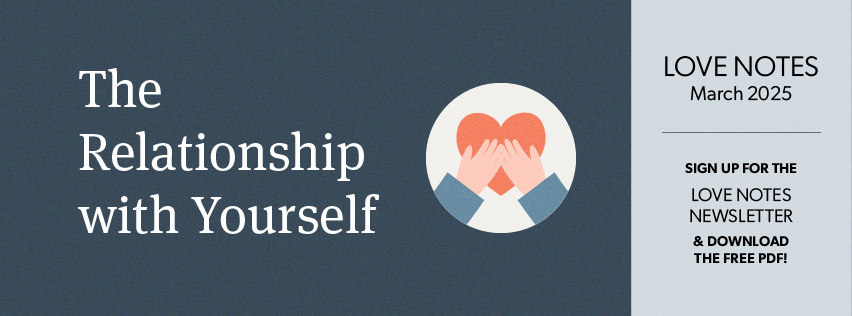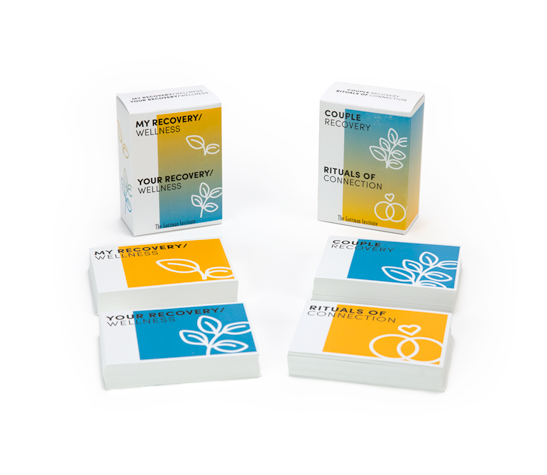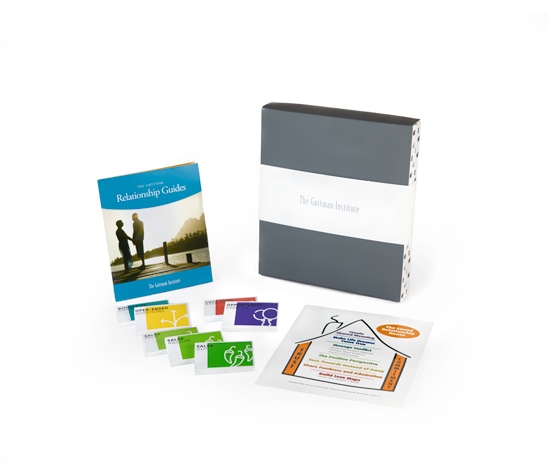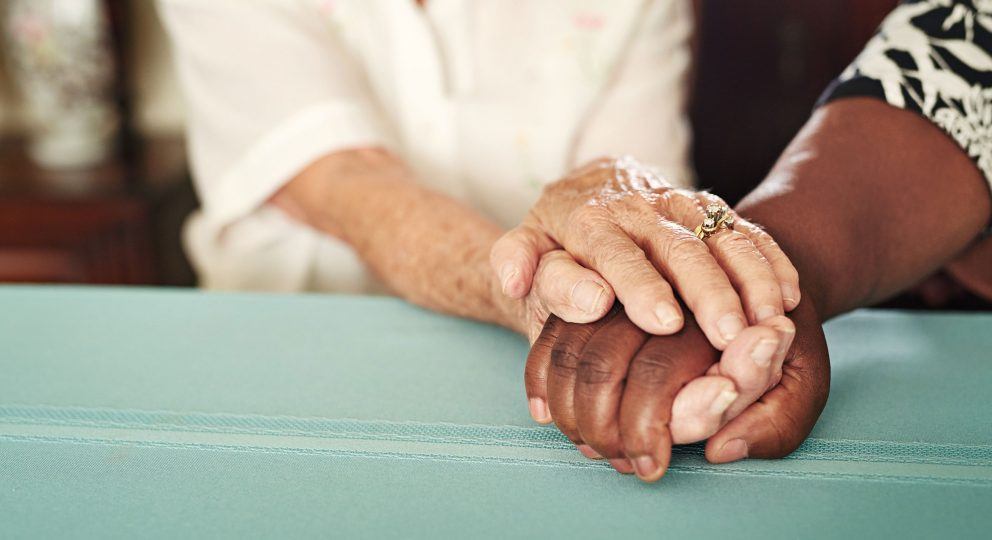“Now that marijuana is legalized in many states for recreational purposes, I am seeing more conflict arise between couples about what it means to use marijuana and whether it should be used recreationally. There are long-standing beliefs and values about drug use in our country, and yet, I do not see legalization being addressed in the context of how it has impacted relationships and couples. It would be very helpful to hear more about this topic specifically.”
It’s difficult for couples to avoid black and white answers when considering cannabis use—pro or con. Staying in the grey area can feel uncomfortable when there are strong emotions underneath those positions, especially if there is a family history or relationship history related to substance use.
Another big problem with any discussion about cannabis is the history of government misinformation and lack of support for research. Additionally, researchers are hampered by the categorizing of cannabis as a Schedule 1 drug. The Drug Enforcement Agency (DEA) puts cannabis in the most restricted category of “high abuse potential” and “having no medical value.”
The implication for researchers is that access to federal funding and grants is difficult because the federal government Schedule 1 classification makes cannabis illegal, despite compelling research to date that clearly challenges this inappropriate classification.
Political agendas, not medical or scientific agendas, have served to hamper much needed research to better understand the potential benefits and potential harms from cannabis use. Patients and parents of children with serious health issues that could benefit greatly with a cannabis-based medicine are left trying to figure things out on their own, an unnecessary and unethical situation from the hands of policy-makers.
Despite the challenges, changes are occurring as researchers, nationally and internationally, are providing new information on risks and benefits of cannabis use. A review of current research helps with a starting point for couples to grapple with and have a conversation about cannabis.
Evolving legalization and evolving issues
I teach a graduate psychology class at Santa Clara University on addiction assessment and treatment. In the first class I typically ask the students about what they think people could get addicted to, including marijuana. The students are often split on whether people can be addicted. Even with the possibility of cannabis addiction, students are uncertain about how big of an issue it is compared to other substances.
So given the serious and pervasive issues of other substances like alcohol, the resurgence of increasing rates of overdose deaths from stimulant use, and of course the opioid crisis that has emerged over the last several decades, just how concerned should we be about cannabis?
After all, cannabis is the most commonly used “illicit” drug in the USA with an estimated 22 million users per month.
Does medical marijuana really have a legitimate place in health care, or is this a workaround, a socially acceptable, and legal maneuver with the step-wise intention of legalization?
A political movement (with enormous economic implications) has rebranded cannabis. An increasing number of states have either decriminalized or have legalized (10 states as of this writing) its use for medical and/or recreational use. Perceptions are changing. A 2013 Fox poll found that 85% of Americans support medical marijuana when prescribed by a physician.
Conflicting reports cause confusion
In my consultation sessions and workshops, the two most common questions I’m asked by couples therapists are about cannabis use: “As a clinician, when should I be concerned about marijuana use?” and “How do I deal with a couple when one partner is concerned about their partner’s marijuana use?” These actually are not simple questions to answer. There are a lot of things to consider in determining where the line blurs between safe recreational use, problematic use, legitimate medical benefit, and addictive use.
Reports on the harmful consequences include concerns that heavy and extended use of cannabis could damage the brain’s pleasure center, negatively impact cognitive functioning and learning, damage reproductive systems, present risks for dependence and addiction under some circumstances, increase anxiety and panic symptoms, and create mood alterations (also a symptom of withdrawal).
Because of the complex nature of cannabis and the current trends in cannabis legalization and accessibility, both counselors and couples are likely to feel conflicted or uncertain about whether use is problematic.
The reality is that significant strides in science are being made in uncovering and understanding the healing possibilities of cannabinoids. And there are harmful consequences that can occur as a result of use as well.
Reports on the benefits of cannabis use include reducing anxiety, evidence that cannabis can kill certain cancer cells in patients with brain cancer, help in managing chronic pain, effective in treating movement disorders, possibly useful in treating symptoms from Alzheimer’s and Parkinson’s, and reduces eye pressure from glaucoma.
Researchers do agree that both the negative and positive effects come from the body’s endocannabinoid system.
The endocannabinoid system
In the 1990s scientists discovered that our body naturally produces endocannabinoids, a system found throughout our body which activates the two endocannabinoid receptors, CB1 in the brain, and CB2, located outside the brain and throughout the body. There are more than 60 types of cannabinoids.
The psychoactive compound in cannabis, tetrahydrocannabinol (THC ), activates CB1 receptors and produces the “high” while CB2 does not. Interest in CB2 is researched for its potential therapeutic effects for a number of conditions, including acute pain, chronic pain from inflammation, relieving symptoms from multiple sclerosis and other movement disorders, numerous cancer studies, and many other conditions with promising possibilities.
Both the CB1 and CB2 mechanisms have led researchers to believe that cannabis can have great benefit and therapeutic value for a host of psychological and physiological problems. The challenge with the CB1 receptor is the unwanted psychotropic effects when used as medicine. This is where interest has turned toward cannabidiol (CBD), which is receiving a lot of attention in the medical research communities. THC is the major active ingredient in cannabis, but cannabidiol makes up about 40% of the cannabis extracts.
While CBD does not directly trigger signaling at CB1 or CB2 receptors, it is thought to alter how CB1 receptors respond to THC, dramatically counteracting the psychoactive effect of THC.
The concept of the “entourage effect” was introduced in 1988 and refers to interactions between different cannabinoids creating different effects to alleviate medical symptoms. Scientists are exploring the therapeutic value of CBD, as well as the benefit of combining CBD with THC, which serves to harness the therapeutic value of THC without the accompanying high.
In June 2018 the FDA approved for the first time a cannabis-based drug. Epidiolex is administered orally to treat two rare and severe forms of childhood epilepsy. The formulation is a highly purified CBD, so there is no resulting high, allowing the FDA to classify the drug as a Schedule V (no addiction potential and demonstrates therapeutic value).
Marinol and Nabilone are FDA approved synthetic cannabinoids used primarily to treat nausea and vomiting from chemotherapy, for anorexia from AIDS, and for chronic pain. Because they contain THC there can be withdrawal symptoms and can be addictive. Another drawback is there is no entourage effect, the synergistic reaction between cannabinoids. Without the entourage effect mediation is less effective, due to the limited number of symptom targets.
So is cannabis addictive?
Cannabis, like any substance that activates the reward system in the brain, can be addictive. Genetics, life style, potency, how it is consumed, and using other substances all contribute to risk factors for addiction. About 9% of cannabis users will meet the criteria for Cannabis Use Disorder (CUD) and may develop an addiction. With increased accessibility by more people we will have to wait to see if the numbers of addictive and problematic use increases.
Studies indicate that if there is a history of other substance use disorders, then the higher the THC level when first starting to use cannabis, the greater likelihood for developing symptoms (not necessarily addiction) of CUD in the next year. Adolescents are at the highest risk for addiction as brain development is still in process and is impacted by heavy cannabis use. What is okay for adult use is risky and harmful for people in their teens or 20s.
Like other addictive substances (and behaviors) that activate the reward circuitry, a diagnosis of “CUD Mild” is made when a person meets at least two of the 11 symptoms listed in the 5th edition of the Diagnostic and Statistical Manual (DSM-V). Meeting four symptoms is “CUD Moderate,” with six or more symptoms “CUD Severe.”
Any substance use or behavioral disorder at the severe level could be characterized as an addiction, defined as the inability to stop despite negative consequences. The science of addiction points to changes that have occurred in the brain, impacting the reward circuitry as well as the circuitry associated with impulse control, motivation, judgement, and emotions. Addiction is a preoccupation with the substance that organizes the person’s life.
It’s important to note that dependence is not the same as addiction. Dependence is developing a tolerance for a substance and when use stops the person experiences a physical withdrawal. It’s possible to be dependent and not addicted. Treatment focuses on managing withdrawal symptoms. When withdrawal leads to behavior of constant drug preoccupation and drug seeking, then the disorder has moved into addiction. Let’s look at this more closely.
Use disorder vs. addiction
I differentiate an addiction from a use disorder in that the symptoms of a use disorder, while serious and needing attention, may not be evident down the road. Many people that meet the criteria for CUD today will not meet that criteria at a later point in life. This is true for other substance use disorders as well. For example, the Center for Disease Control (CDC) found that 70% of patients who meet the criteria for Alcohol Use Disorder today will not meet that criteria in four years.
I believe that addiction science supports differentiating a use disorder at the less symptomatic level, from addiction, the severe end of the continuum. This perspective is not commonly made and use disorder is often defined as an addiction. The difference between the two is that addiction meets the criteria as a disease when changes in brain function and brain structure occurs, which may not be the case with a use disorder that is a temporary condition. Many people diagnosed with use disorder may in fact continue substance use non-problematically down the road. That is not typically true in addiction. Continued use leads to a progression of harmful outcomes because of the inability to stop or regulate use.
Studies indicate that in some individuals long-term, heavy use of cannabis alters the brain’s mesocorticolimbic system (reward circuitry) and the dopamine neurotransmitter system, the chemical in our brains associated with pleasure. This change defines addiction, resulting in moving from recreational use to loss of control. The greater the alterations in the reward and associated circuitry, the more significant family and relationship problems become. People addicted to cannabis have less dopamine activity, and use cannabis to just feel normal.
It is thought that CUD is under-diagnosed and under-treated with 2.5% of adults (nearly 6 million people) meeting the criteria for CUD in the last year and less than 10% receiving treatment. About 6% of all Americans will meet the criteria for CUD at some point in their life, with almost twice as many men than women.
There is a strong correlation of CUD with other substance use (especially alcohol) and mental health disorders. About 18% of addiction treatment admission patients identify cannabis as their primary drug. The good news is that studies reveal that full recovery from CUD, both short-term and long-term, is probable.
While levels of severity do matter, the average time between onset of CUD and stable remission is about 2.5 years, with recovery as the norm. Patterns included using less over time, but those that took the abstinence route showed greater improvement in overall life satisfaction. At the severe end of CUD, recovery was fragile at times, and more time was needed to stabilize. Not surprisingly, the longer the person stayed at it, the better the results.
Synthetic cannabinoids: a separate category
Synthetic street drugs cannabinoids like “spice” or “K2” are man-made cannabinoids sprayed on plant leaves that can be smoked, or sold as liquids that can be vaporized. These drugs have similar effects to cannabis, but typically are much more powerful.
Since these synthetics are not regulated, they are considered unsafe and unpredictable, with ever increasing numbers of emergency room visits directly tied to use. People who use are at high risk because of the uncertainty of what and how much of other substances are in the mix.
Questions for discussion
If you or your partner have experienced difficulties or challenges in talking about cannabis, take some time to explore together each person’s feelings, reactions, and thoughts about the above information.
There are many more points and issues that are beyond the scope of this article, so consider this a starting point. Getting more information from reliable sources can only help such as the National Institute on Drug Abuse and the CDC.
Start with a goal of having a conversation just to understand. Postpone problem solving until you have achieved that better understanding.
You can modify the following conversation starters to better fit your situation. You may substitute “marijuana,” “weed,” “CBD,” or any other related words for “cannabis.”
- How do you see your/my/our relationship with cannabis?
- What role does cannabis play in your life? What is helpful about that role and what is not helpful?
- Ideally what would you like your relationship with cannabis to be?
- Do you have any concerns? What would help those concerns?
- What do you see as the benefits of using cannabis, of not using?
- How would you know when to be concerned?
- Are there things we can do to better address any aspect of cannabis use?
See if you can agree to continue to talk about cannabis if either of you feels a need for that. If you’re stuck, consider finding a therapist or an addiction professional to help you have a discussion.
This article was originally published on https://couplerecovery.org/ and has been edited with permission from the author. If you’re a clinician working with couples struggling with addiction, you may be interested in Couples and Addiction Recovery, an online course taught by Dr. Navarra.
Sign Up and Start Your Relationship Transformation
Subscribe to Gottman Love Notes and get the latest on relationships, therapy, and much more from the experts. Receive a free couples exercise and access to special pricing on Gottman products every month.










